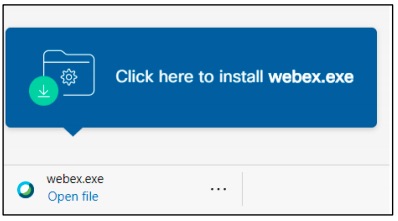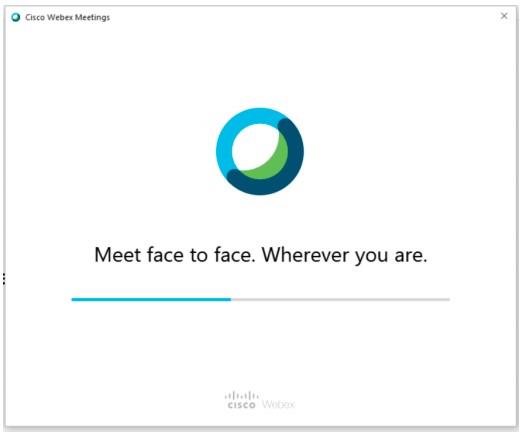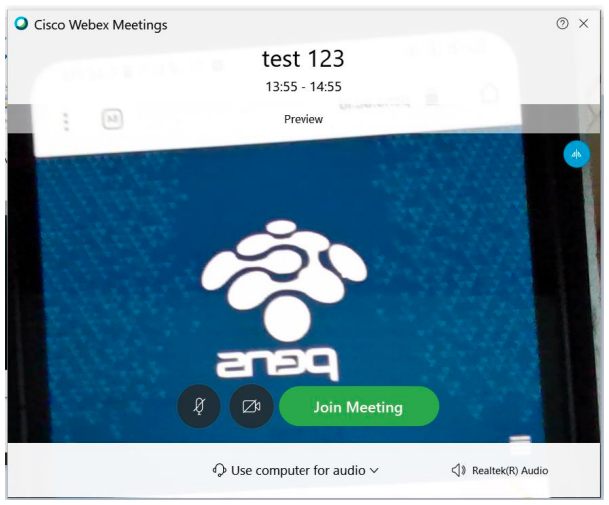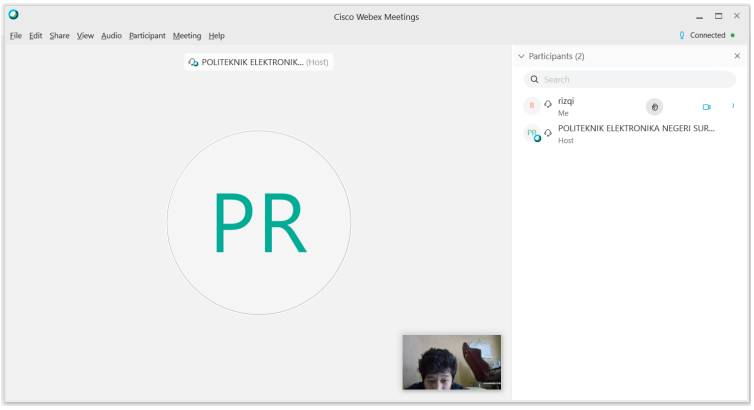Online Conference
ANNOUNCEMENT FROM THE HOST WITH RESPECT TO COVID-19 PANDEMIC
Due to Covid-19 has been declared by the World Health Organization (WHO) as a global pandemic situation, it will highly impact to the implementation of annual scientific activities such as international conferences supported by IEEE. Governments around the world have issued restrictions on travel, gatherings, and meetings in an effort to limit and slow the spread of the virus. The health and safety are our first priority and IEEE is supporting these efforts. We request that all potential participants avoid conducting in-person activities in areas impacted by the coronavirus threat and instead maximize the use of our online and virtual alternatives.
Following the advice of local authorities, most IEEE conferences and meetings have already been postponed or replaced with virtual meetings. Therefore, we have decided that the International Electronics Symposium (IES) 2020 will also be held using hybrid mode, namely virtual conference (main) and a pre-recorded video (spare) on the day of implementation. The pre-recorded video will be played when the author fails to join the virtual conference due to lack of the internet connection. It must be submitted to the committee a month before the conference date. For the purpose, we will explain to all of potential authors the procedures as follows.
Virtual Conference Guideline
The IES 2020 committee has chosen to use Webex as the virtual conference media. Therefore, it is important to be informed to all participants that the have to understand how to join Webex meeting as described as follows:
1. to join a meeting using webex, visit the link provided by the moderator or admin. Here is the example of the link:
https://pens.webex.com/pens/j.php?MTID=mbb3a32e8882760918ad440f4e904e29b

Figure 1. The appearance of a page when the link is accessed.
2. If webex is not installed, it will be downloaded automatically. When the download finished, click on the downloaded file “webex.exe”.

Figure 2. The downloaded webex app.
3. after the downloaded file is clicked, a window of webex installation process will appear.

Figure 3. Installation process of Cisco Webex Meetings.
4. a sign-in form will appear, and insert your name and email, or use your google, Microsoft, or Facebook account.

Figure 4. form for meeting attendee
5. Everything is ready, and preview from camera or webcam will appear. When ready to join, click on “Join Meeting”.

Figure 5. Camera preview and ready to join meeting

Figure 6. The appearance when successfully connected to a meeting.
The deadline for all video submissions is September 20, 2020!
Please observe the following guidelines when preparing video files of your talks and posters:
- Duration of video files: 10 minutes
- File Format: MPEG-4 (.mp4) file (use the normal H.264 video and AAC audio codecs)
- Video Size: HD (1280 x 720 or other “720p” setting)
- Audio Quality: please double check your files before submitting to make sure the audio is clear and audible!
All accepted papers will be presented in a multiple tracks on September 29-30, 2020.
Q&A sessions: one of the authors needs to be on-line to address Q&A moderated by the Session Chair. Duration for Q&A sessions are: 5 minutes.
INSTRUCTIONS FOR VIDEO RECORDING
Videos should contain a prominent view of the presentation slides along with audio of the spoken presentation. Optionally videos may contain a shot of the speaker’s head for increased engagement. (This shot should be thumbnail-sized and overlayed on the slide images as shown here (link: https://www.youtube.com/watch?v=D8JV3w4TOVw)). Many presentation software allows recording audio and video directly in the application and can export appropriate video files. Please see the notes below for detailed instructions for PowerPoint and KeyNote. If you use a different application, please see the notes under Other Options.
PowerPoint
- Follow these instructions (link: https://support.office.com/en-us/article/record-a-slide-show-with-narration-and-slide-timings-0b9502c6-5f6c-40ae-b1e7-e47d8741161c) to add audio (and optionally video) to your slides.
- Follow these instructions (link: https://support.office.com/en-us/article/turn-your-presentation-into-a-video-c140551f-cb37-4818-b5d4-3e30815c3e83) to generate a MPEG-4 (.mp4) file from your slides and audio/video.
- Alternatively, you can follow this video tutorial (link: https://www.youtube.com/watch?v=D8JV3w4TOVw) which goes through both of these steps. Also, see this video tutorial if you like (link: https://www.youtube.com/watch?v=fe280TjbAXw).
Other Options
- Record your screen (and microphone) while giving the presentation. There are effective and free options to do this on Linux (link: https://www.maartenbaert.be/simplescreenrecorder/) , macOS (link: https://support.apple.com/en-us/HT208721), and Windows (link: https://www.microsoft.com/en-us/p/simple-screen-recorder/9n5mvvbd0tgw?activetab=pivot:overviewtab).
- As a last resort, and only if you are comfortable directly editing video, you can export your slides as images, record an audio track, and combine the two using software like kdenlive (link: https://userbase.kde.org/Kdenlive/Manual), iMovie (link: https://support.apple.com/en-us/HT204674), or others (link: https://www.oberlo.com/blog/best-free-video-editing-software).
INSTRUCTIONS FOR UPLOADING VIDEO TO YOUTUBE
- Sign in to YouTube (link: https://www.youtube.com/).
- At the top right corner, select the Create video or more button -> Upload Video as shown in the below figure.

- Select the video recording you would like to upload.
- While your video is getting processed, please enter details of the video. Your video title should be in the following format: EDASID_PRESENTER-LASTNAME. Ex: 203538_ Doe. The EDASID can be obtained from Jems portal: https://edas.info/index.php?c=27365. Below is a screenshot for the same. Click “Next” button after adding the title.

- You can add any additional video elements like end screen or cards. This is optional. Click “Next” and proceed.
- Under visibility, please select “Unlisted” option. This will make the video available to only users who have access to the video link. Click “Save” once done.
- Once the below window is shown, please select copy link button as indicated in the figure.

INSTRUCTIONS FOR EMAILING YOUR YOUTUBE VIDEO LINK
Please send the uploaded video link over email to the IES2020 team. Below are instructions for the expected email format.
- Email subject must be titled with your EDASID# and presenter lastname: IES2020 Video Link: EDASID#_PRESENTER-LASTNAME
- Email body should contain:
- EDASID#,
- The actual video link to YouTube,
- The presenter Full Name, and
- A short 3-4 lines vita for the presenter.
Below is the sample format for email:
EDAS Submission ID: EDASID
Video Link: YouTube URL
Presenter Full Name: John Doe
Presenter Vita: Lorum ipsum lorum ipsum lorum ipsum lorum ipsum lorum ipsum lorum ipsum lorum ipsum lorum ipsum lorum ipsum lorum ipsum lorum ipsum lorum ipsum lorum ipsum lorum ipsum lorum ipsum lorum ipsum lorum ipsum lorum ipsum lorum ipsum lorum ipsum lorum ipsum lorum ipsum lorum ipsum lorum ipsum lorum ipsum lorum ipsum lorum ipsum lorum ipsum lorum ipsum lorum ipsum lorum ipsum lorum ipsum lorum ipsum lorum ipsum.
The above email should be sent to: ies@pens.ac.id by September 20, 2020
Note: We will accept only Video Links over this email. The email must be in the above-mentioned format to be considered for your submission. For any other queries, please contact the respective (paper, demo, poster, tutorial) TPC directly.
Do not hesitate to contact our TPC if you are unsure of how to generate your presentation video.
